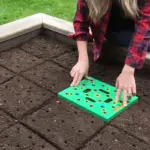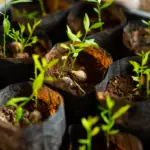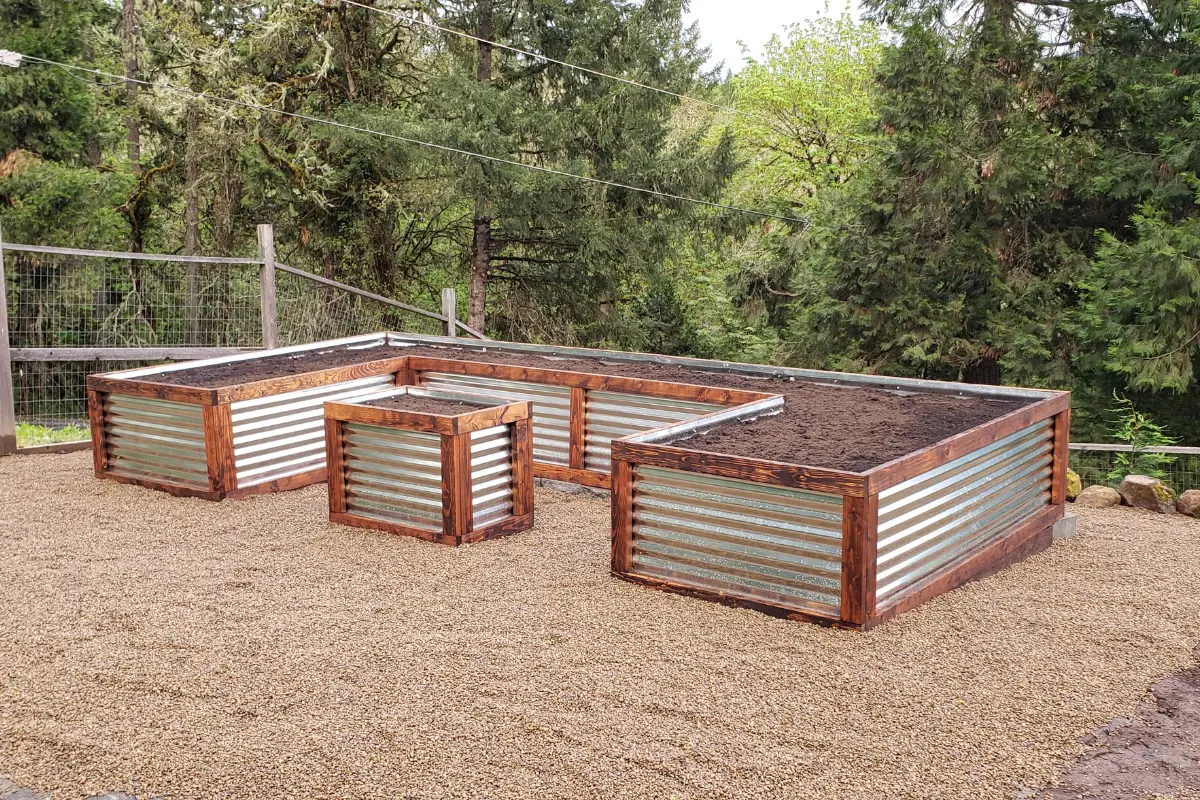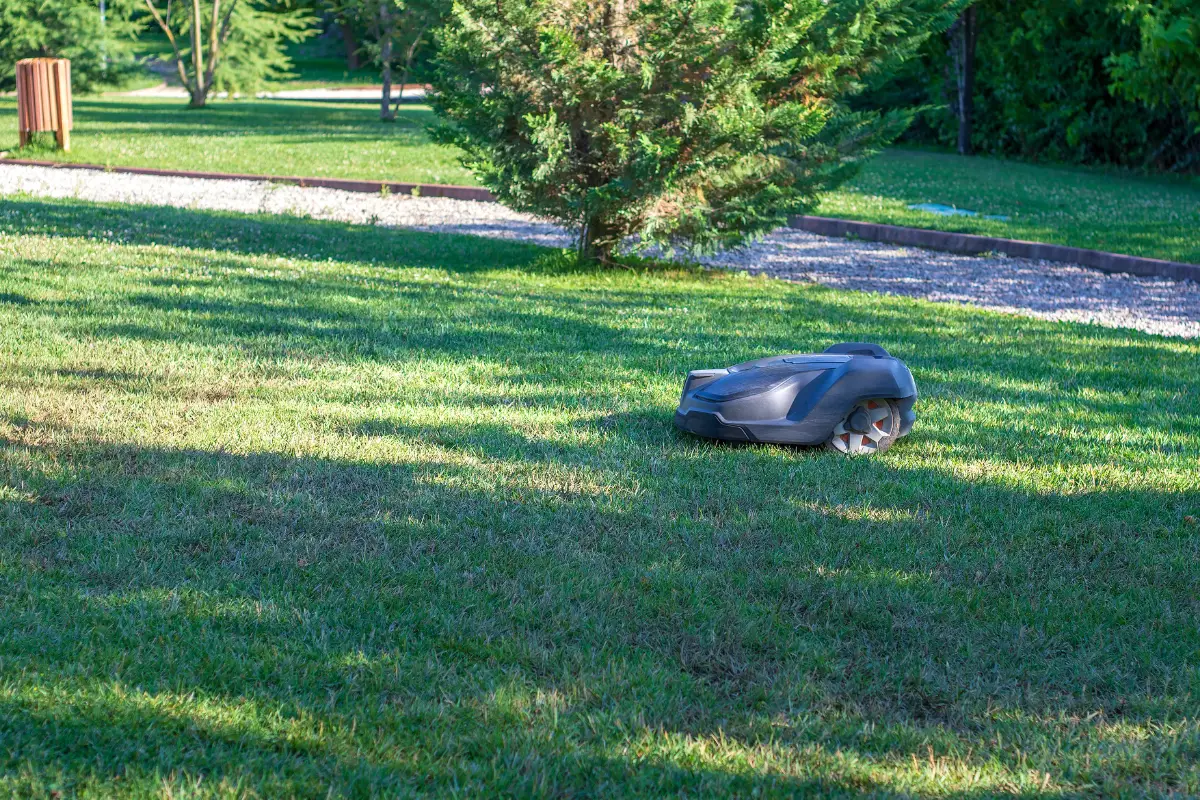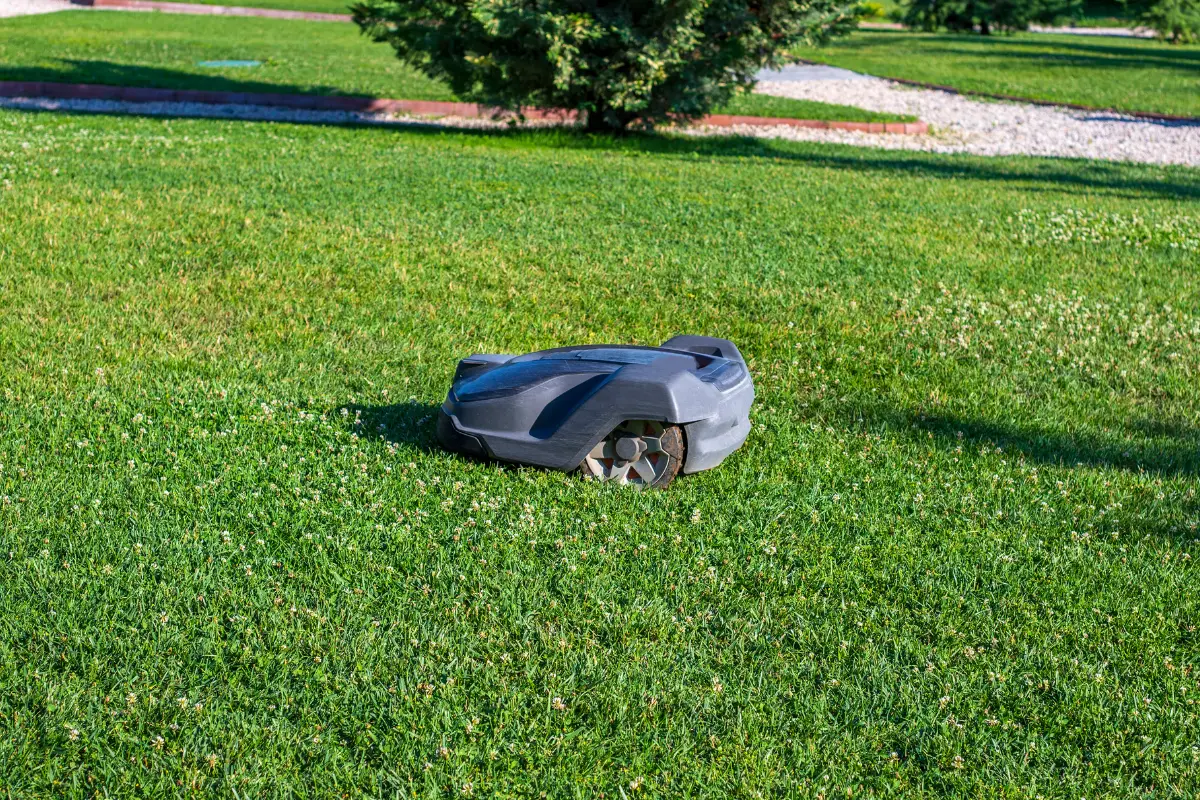Gardening can be an enjoyable and fulfilling hobby, but it can also be frustrating when things don’t go as planned.
One common issue faced by gardeners is the uneven spacing and poor germination of seeds.
Fortunately, The Seeding Square can help alleviate some of these problems.
In this article, we will discuss some of the common issues gardeners may face when using The Seeding Square and provide solutions to help resolve them.
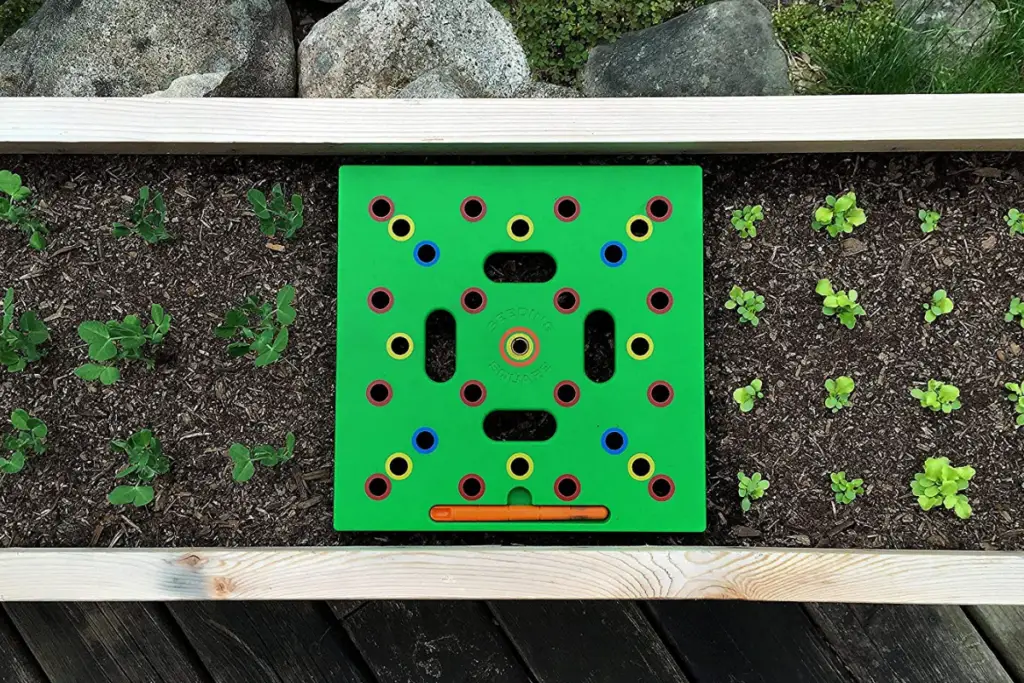
Table of Contents
What is Seeding Square?
The Seeding Square is a tool designed to help gardeners space and plant their seeds evenly. It consists of a square plastic tray with various-sized holes, which are used to guide the planting process.
The tray is placed on the soil, and seeds are dropped into the holes. The Seeding Square ensures that seeds are spaced evenly, reducing overcrowding and improving germination rates.
Issue 1: Seeds not Germinating
One of the most frustrating issues gardeners face is when seeds fail to germinate. This can be caused by several factors, including poor soil conditions, incorrect planting depth, and inadequate watering. If seeds fail to germinate when using the Seeding Square, here are some potential solutions:
Solution 1: Check Soil Conditions
Before planting, it’s essential to ensure that the soil is in good condition. Seeds need the right balance of moisture, air, and nutrients to germinate successfully. Make sure the soil is loose and well-draining, with the proper pH level for the plants you are growing.
Solution 2: Plant at the Correct Depth
Each type of seed requires a specific planting depth. When using the Seeding Square, make sure to plant seeds at the recommended depth for the plant. Planting too shallow or too deep can prevent seeds from germinating.
Solution 3: Water Properly
Seeds need consistent moisture to germinate, but overwatering can be just as detrimental as underwatering. Use a watering can with a fine nozzle to water the soil around the seeds, being careful not to disturb them.
Issue 2: Uneven Germination
Another issue that gardeners may face is uneven germination. This occurs when some seeds germinate quickly, while others take longer or not at all. Here are some solutions to this issue:
Solution 1: Plant Seeds at the Right Time
Each plant has an optimal time for planting. Make sure to plant seeds when the soil temperature and weather conditions are ideal for the plant you are growing.
Solution 2: Ensure Proper Spacing
One of the advantages of the Seeding Square is that it helps ensure proper seed spacing. Planting seeds too close together can lead to overcrowding and poor germination rates. Make sure to use the appropriate-sized holes for the seeds you are planting and follow the recommended spacing guidelines.
Solution 3: Provide Adequate Light
Seeds need light to germinate, so make sure to plant them in an area with adequate sunlight. If planting indoors, use a grow light to provide the necessary light.
Issue 3: Seedlings Dying
Once seeds have germinated, the next challenge is to ensure that the seedlings grow strong and healthy. However, sometimes seedlings can die due to various reasons. Here are some solutions to this issue:
Solution 1: Provide Adequate Water
Seedlings need consistent moisture to grow, but overwatering can be just as harmful as underwatering. Use a watering can with a fine nozzle to water the soil around the seedlings, being careful not to overwater.
Solution 2: Provide Adequate Nutrients
Seedlings require proper nutrients to grow, so make sure to provide them with the right amount of fertilizer. Follow the recommended guidelines for
the plant you are growing, and avoid over-fertilizing, as this can harm the seedlings.
Solution 3: Protect Seedlings from Pests and Disease
Seedlings can be vulnerable to pests and diseases, which can cause them to die. Use appropriate pest control methods and ensure that the plants are healthy and disease-free.
Can the Seeding Square be used for all types of seeds?
The Seeding Square is designed to accommodate a wide range of seed sizes, but it may not work for very small or very large seeds. But if this happens you could always create your own seed spacing tool.
Can the Seeding Square be used for planting indoors?
Yes, the Seeding Square can be used for indoor planting as well as outdoor planting.
Can The Seeding Square help prevent overcrowding of plants?
Yes, the Seeding Square can help ensure proper seed spacing, which can help prevent overcrowding of plants.
Do I need to water seeds planted with the Seeding Square differently than seeds planted without it?
No, the watering requirements for seeds planted with the Seeding Square are the same as for seeds planted without it.
Can The Seeding Square help save time in the planting process?
Yes, the Seeding Square can help save time by ensuring proper seed spacing and reducing the need for thinning out seedlings later on.
Conclusion
The Seeding Square can be an excellent tool for gardeners to improve seed spacing and germination rates.
However, like any gardening tool, it’s not foolproof, and gardeners may encounter issues when using it.
By following the solutions outlined above, gardeners can address these issues and ensure successful seed germination and growth.
- How to Build a Planter Box for Bamboo: A Step-by-Step Guide

- Can Robotic Lawnmowers Handle Steep Slopes?

- Do You Need a Specific Lawn for a Robotic Lawnmower? Expert Advice

- Are Robotic Lawnmowers Safe for Pets and Children? Safety Features of Robotic Lawnmowers

- Why Use Robotic Lawnmowers? Advantages of Using a Robotic Lawnmower

- Is the GARDENA SILENO City 300 Cordless or Corded? A Clear Answer










